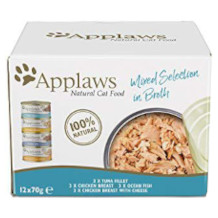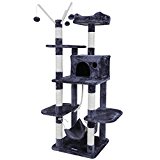Cat litter purchasing advice: how to choose the right product
- What you need to know
- Clumping cat litter is more economical than non-clumping and doesn’t need to be completely changed so often.
- Natural cat litter is a great, sustainable alternative. It can be made from corn, wood, or plant chips.
- Good cat litter should very absorbent, give off as little dust as possible, and prevent smells.
- Cat litter is most easily disposed of together with household waste. Natural litter can be composted or, depending on your area, disposed of in the organic waste bin (without animal faeces).
Hygiene for your house cat
A litter tray on its own is not enough to ensure the wellbeing of a house cat and its owner. Good hygiene is instead dependent upon having the right kind of litter. Cat litter allows a cat to use the bathroom as and when it needs. In addition, good cat litter covers up any unpleasant smells that could annoy cat or owner.
A little background
Cat litter was first discovered by an American firm in 1947. Prior to this, cat owners would use sand, ash, or sawdust as the base for the litter tray. Nevertheless, many more cats were free to roam and use the bathroom outside during this time.
The choice of cat litter is therefore just as important as that of the correct litter tray. Should the cat not like the litter, it is very likely that the cat will instead choose to do its business elsewhere.
Different types of cat litter
Manufacturers are constantly adapting their cat litter, meaning that customers now have an enormous selection to choose from. The main choice faced by customers is between clumping and non-clumping litter, which differ slightly in the way they work.
Clumping cat litter
This type of cat litter is usually made from mineral bentonite granulate, which is a sort of clay, although it also exists in a plant-based version. The individual granules turn into solid clumps when they come into contact with liquid. This allows them to absorb urine and vomit. The cat owner must then simply remove the hard clumps from the tray with a scooper instead of changing the entire litter every time. It’s enough to change the entire litter once every two to three weeks. This is the reason why clumping cat litter is much more economical than non-clumping.
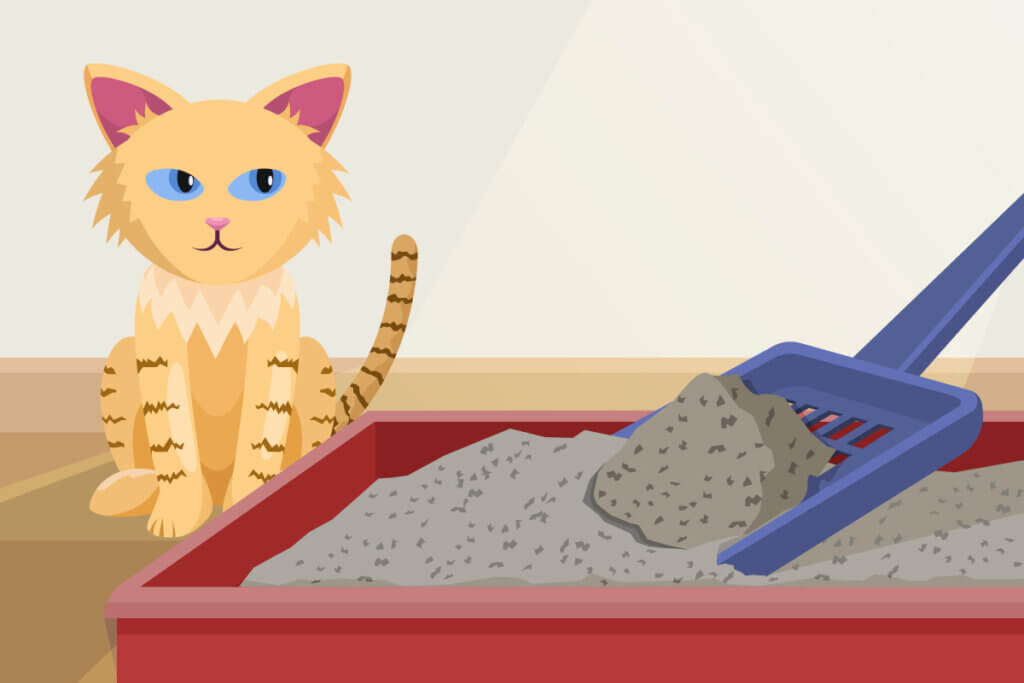
It is, however, not always a good thing to have such a sticky substance for cat litter — it often means that litter gets stuck to the cat’s fur. Owners of long-haired cats are therefore recommended to buy non-clumping cat litter. The same goes for kitten owners. This is because kittens are likely to attempt to eat litter out of curiosity. This can lead to complications in the digestive system.
Advantages
- Inexpensive
- Good yield
- Less cleaning intensive
Disadvantages
- Sticks to fur
- Not suitable for kittens
Non-clumping cat litter
Non-clumping cat litter can be bought by cat owners in mineral or plant-based versions, or as silica gel litter. Absorbent granules and pellets absorb liquids and help to prevent smells. Unfortunately, the cleaning of the litter tray is more time consuming, and the litter needs to be changed every one or two days in its entirety. This means that more litter is needed overall. The payoff, however, is that the granules don’t stick to cat fur.
Advantages
- Absorbent
- Doesn’t stick to fur
Disadvantages
- Larger quantity needed
- Cleaning more time consuming
Different types of cat litter can be categorised by the materials that they are made from. In the following section, we’ll look at the most common of these, together with their advantages and disadvantages.
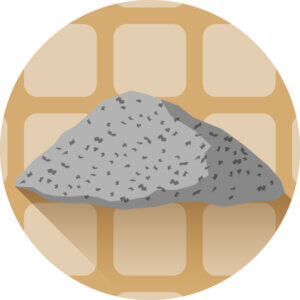
Mineral cat litter
Mineral cat litter is a type of clumping litter. It is made from a mixture of clay materials, also known as bentonite. This type of litter is loved by cat owners because it clumps well, is economical, and is comparatively cheap. A litre can cost as little as £15. A litre of silica gel litter, meanwhile, costs around a pound more than that. Mineral cat litter is available everywhere and is manufactured by an enormous range of suppliers.
It does, however, have a few disadvantages. Bentonite is heavy, and transporting it in large amounts can be uncomfortable and tiresome. Another disadvantage is that mineral litter creates dust. It makes filling and emptying the tray particularly unpleasant for allergy sufferers. Furthermore, bentonite is not biodegradable, meaning that it can only be disposed of in the household waste rubbish bin.
Advantages
- Clumps well
- Available everywhere
- Economical
- Comparitvely cheap
Disadvantages
- Heavy
- Creates dust
- Not biodegradable
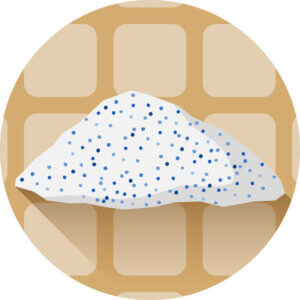
Silica gel litter
Silica gel is made from a mixture of chalk, quartz sand, and water. It is also used for nappies and sanitary towels due to its strong absorption qualities and ability to prevent smells. In contrast to mineral cat litter, this type of cat litter doesn’t clump and, depending on the brand, needs to be changed often. Silica gel is capable of trapping urine and vomit, as well as other germs. It is antibacterial and is therefore an extremely hygienic choice. Another advantage is its comparatively low weight, making it a lot easier to carry that its mineral counterpart. The light weight of the litter does, however, have an unintended consequence — it can easily get stuck on the cat’s fur and end up all over the house. Help can come in the shape of a rug at the entrance to the litter tray which helps to trap any excess litter.
Silica gel litter gives of very little dust and is therefore recommended for allergy sufferers. These benefits come, however, at a significantly higher price. The little balls also make an extremely loud and potentially annoying noise when being kicked up by the cat. Using silica gel for curious kittens is almost as bad as using clumping litter — eating silica gel can be poisonous!
Advantages
- Lightweight and easy to transport
- Doesn’t give off a smell
- No dust
- Antibacterial
Disadvantages
- Doesn’t clump
- Makes a loud noise when being buried
- Sticks to fur and belly
- Comparatively expensive
- Can cause poisoning if swallowed
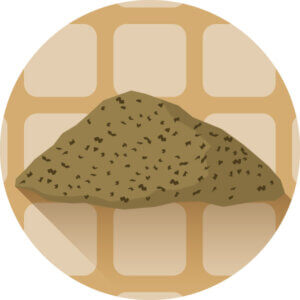
Natural litter
Natural or ecological cat litter is made from natural materials. Depending on the product, that could mean wood or plant chips, as well as corn or paper. The main advantage of this type of product is its environmentally friendliness (it is made from sustainable raw materials that are biodegradable). Leftover litter can be disposed of in the compost or, if permitted, in the organic waste bin.
Natural litter usually clumps well, although there are specific non-clumping varieties. These varieties are particularly good for kittens, as they pose no threat, if eaten. This is because natural litter is neither poisonous, nor does it pose the risk of clumping in the digestive system.
Litter made from corn clumps particularly well. Another advantage of this kind of litter is that it doesn’t stick so readily to fur as other natural litter types. Due to their light weight, they are also easier to carry than mineral litter. On the downside, corn litter is not always available in every supermarket. Those who are interested can expect to find it, however, from a number of online retailers.
Advantages
- Environmentally friendly
- Clumps well
- Prevents smells
- Different varieties are available
- Lightweight
- Doesn’t create dust
Disadvantages
- Can sometimes become stuck to fur
- Not available everywhere
What to look out for when buying
Material and clumping ability are not the only relevant purchase criteria. Customers should also be aware of the following when buying cat litter:
Yield
Yield is an important factor. The more economical the litter in question, the less it will need to be restocked. This helps you to spare effort and money. Clumping litter is usually more economical than absorbent litter because it needs to be completely changed less often. The yield is, however, dependent on the manufacturer and individual product. Very cheap clumping litter often makes clumps which fall apart upon being removed, rendering the remaining litter dirty. It can therefore be better to opt for something a little more expensive, but at the same time higher in quality. Concrete data about the yield of different products is not displayed on the packaging. Instead, the user must learn from experience.
Absorption
Cat owners should make sure that their cat litter is suitably absorbent so as to clean up larger messes if needed. Both clumping and non-clumping cat litter have good absorptive qualities. This criterion is therefore dependent upon the manufacturer. Some manufacturers display the rate of absorption in percent on the outside of their packaging. This rate should be at least 180% for good litter. This means that 100g of litter can absorb 180ml of water.
Dust build-up
Good cat litter should give off as little dust as possible in order to ensure that cat and owner experience as little discomfort as possible when using and cleaning the litter tray. Dust is not only annoying if it gets into every corner of the house; it can even be dangerous. Mineral litter made form bentonite contains fine particles which can damage the lungs if inhaled. They are therefore not suitable for allergy sufferers. Silica gel litter gives off significantly less dust, although the lowest amounts of dust are given off by natural litter.
Preventing smells
It’s also important that cat litter reduces the smell of the tray as much as possible. Nobody wants smells from the litter tray to escape and spread throughout the whole house. Clumping litter generally prevents smells very effectively, but other varieties are generally just as good.
Some manufacturers choose to scent their products, creating cat litter that smells like baby powder or lemons. For human noses, this can be a much more pleasant smell. For the cat, meanwhile, this may not be the case. It is therefore only recommended to choose a cat litter without a scent. Eco-litter made from wood chips tends to have a naturally pleasant aroma.
Tips for refilling and cleaning
Regularly cleaning the litter tray helps to make a comfortable environment for your cat and for others in the house. The following tips are worth considering:
The correct scooper
Having the right size scooper allows cat owners to clean the litter tray with more ease. For litter with big granules, a scoop with larger grid spacing may be necessary. Finer litter requires a scooper with a correspondingly narrow grid spacing.
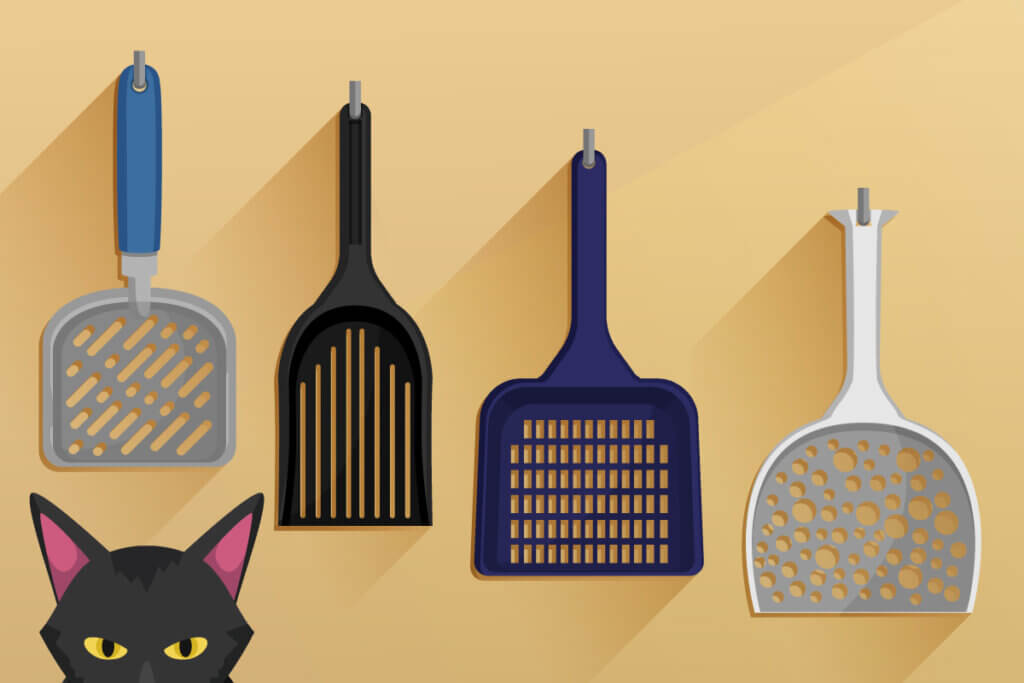
Regularly change the litter
Even users of clumping litter should change the entire litter tray at regular intervals. Removing clumps from the litter tray solves the immediate problem, but over time, the quality of the entire litter tray slowly starts to deteriorate. It is recommended, therefore, that the entirety of the litter tray be cleared and washed out at least once a week. Cleaning the tray should be done with a mild, odourless cleaning product.
Reducing dust
No cat litters are completely dust free. The best way to refill the litter tray while creating as little dust as possible is to slowly pour in the litter from a close distance and in the correct amounts.
The filling level
Manufacturers generally recommend that a litter tray be filled to a height of between 5cm and 7cm. Any less will not suffice, as it will allow urine and litter to become stuck to the base of the tray, making cleaning a lot more difficult. Having a lot of filling also ensures that your cat has enough litter to neatly bury its business.
Questions & answers
In the following, you will find answers to some of the most common questions concerning cat litter and its correct usage.
How do I dispose of cat litter?
The safest way to dispose of cat litter is in the household waste bin. This is possible for all kinds of litter. Natural litter is biodegradable and can theoretically be disposed of in the organic waste bin or on the compost heap. In reality, however, this isn’t always so practical. Some areas have banned the disposal of cat litter in organic waste bins, while only allowing leftover litter and not the cat excrement itself to be disposed of in this way. This is because cat excrement contains bacteria which can negatively affect the composting process.
Can I throw away ecological litter in the toilet?
Ecological cat litter is made from plant substances and, according to some manufacturers, can be disposed of in the toilet, like toilet paper. But be careful: You should always be mindful of the rules in your local area, as there are some areas in which disposing of cat litter in the toilet is forbidden.
Information in your local area
In lots of areas, you can find a sticker on the organic waste bin which tells you what you may throw in. Sometimes this information can be found online. If in doubt, get in contact with someone from your local authority.
Even if this kind of disposal is technically allowed in your area, this doesn’t rule out certain problems arising. This is because litter doesn’t easily dissolve. This is particularly problematic for old pipes which are affected by limescale and damage, as, over time, litter particles can clump together to block the pipes. For renters, this can turn into larger problems. Damage of this nature counts as ‘improper use’, meaning that the renter is liable for covering the costs of the damage. This can even lead to the immediate termination of your contract by your landlord.
What to look out for when changing brand of litter
Cat owners should be cautious when changing their brand of litter. This is because cats are creatures of habit. Changing the brand of litter can cause a cat to completely avoid its litter tray at first. It is best for owners to mix the old litter with the new while slowly increasing the portion of the new product. This helps the cat to become accustomed to the new litter.
Why do some cats eat their litter and is it dangerous?
Cats eating their own litter is actually very common. The explanation for this phenomenon is rather simple — cat litter contains minerals. If a cat is missing out on some of these minerals due to its diet, it may suddenly have the urge to eat its litter. Ingesting a few mouthfuls is usually no problem at all, although the ingestion of larger amounts can be dangerous. When exposed to liquids, cat litter can expand in the stomach and block the digestive passages. Owners who find their cats regularly eating their litter should figure out why they are doing it. If necessary, change the cat food and consult a veterinarian. Should your cat be deficient in a particular vitamin, a vet will be able to work this out and prescribe a suitable supplement. In rare instances, hormonal problems, intestinal parasites, or diabetes can be the cause of this behaviour.
Images 1-5: © FinalCheck

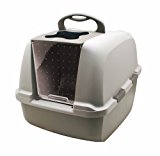
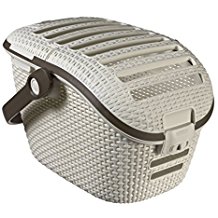
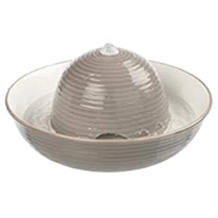
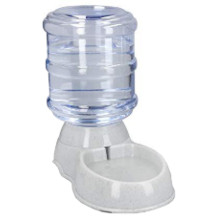
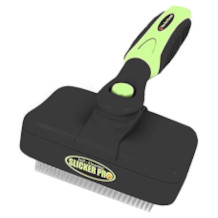

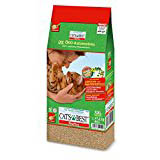
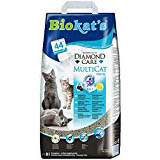
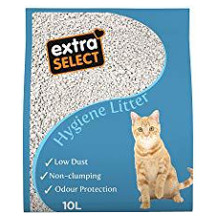
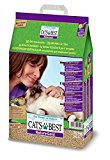
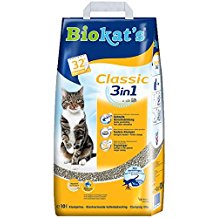
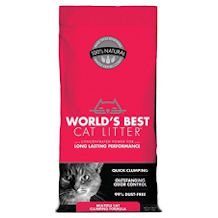
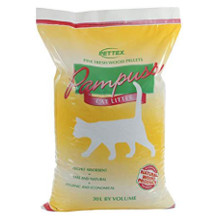
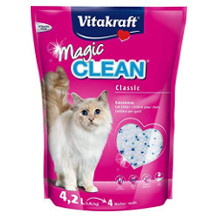
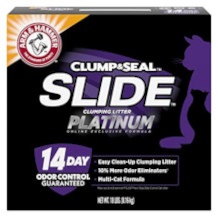
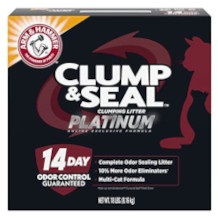
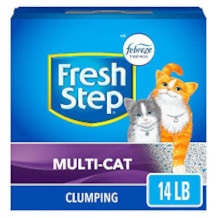
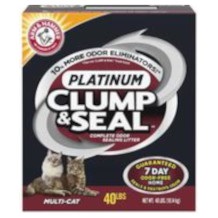
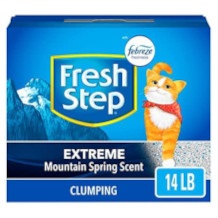

 31,674 reviews
31,674 reviews


